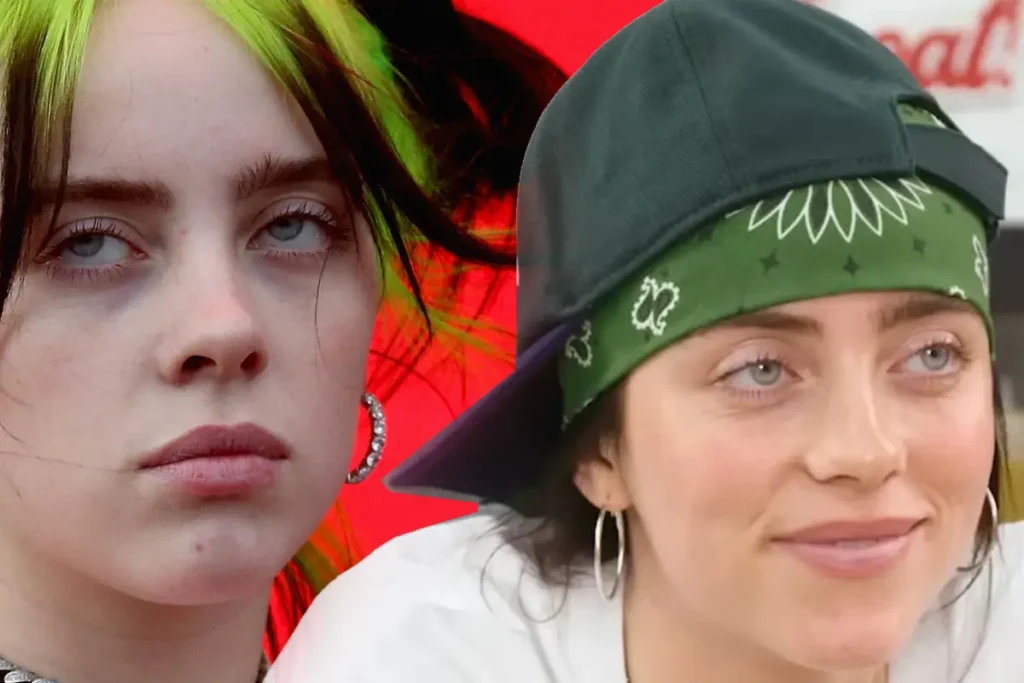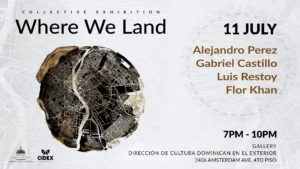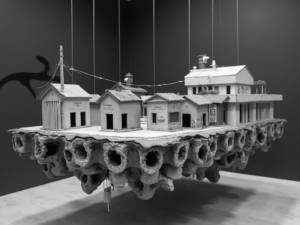By Juan Butten
The first song I heard from Billie Eilish, thanks to my son Mike during the pandemic, was “Bad Guy.” From that moment on, I understood why she had become one of the most influential figures in contemporary music. It’s not just her innovative sound and distinctive visual style, but also her open conversation about mental health. Throughout her career, Eilish has used her art to explore and express her emotional struggles, always steering clear of trends and the crowd, transforming her music into a vehicle for authenticity and connection.
From the very beginning, Billie has addressed mental health issues directly and honestly. Her music reflects experiences of anxiety, depression, and the pressures of fame. Songs like “Bellyache” and “When the Party’s Over” delve into feelings of guilt and loneliness, as well as the complexity of human emotions. Through introspective and emotive lyrics, she not only allows herself to be vulnerable but also creates a space where her listeners can feel seen and understood.
For Eilish, music is a form of catharsis. In various interviews, she has shared that writing songs allows her to process her feelings and experiences. This emotional release becomes an act of healing, both for her and for those who listen. By channeling her pain and confusion into her lyrics, she transforms her struggles into art, offering a unique perspective on the human experience.
Eilish’s openness about her mental health has resonated deeply with her followers, many of whom face similar challenges. Her willingness to share her experiences has helped to demystify the stigma surrounding mental health, promoting a broader and more open conversation about emotional well-being. In a world where young people often feel the pressure to be perfect, Billie reminds us that it’s okay not to be okay, and that vulnerability can be a strength.
In addition to her music, Eilish uses her visual art as a means of expression. Her music videos and live performances are infused with symbolism that reflects her emotional state and inner struggles. Billie’s visual aesthetic complements her lyrics, creating an immersive experience that invites viewers to connect emotionally with her art. This integration of music and visuality enriches her message and deepens her connection with her audience.
As Eilish continues to evolve as an artist, her message about mental health becomes even more relevant. She advocates for self-care, the importance of seeking help, and the acknowledgment that we all face struggles. Her story is a reminder that art can be a powerful tool for healing and expression.
Billie Eilish is an example of how music can serve as a refuge in times of distress. By sharing her personal journey through her art, she establishes herself not only as an authentic voice in music but also as a beacon of hope for many who struggle with their own emotional battles. In a world that often silences pain, Eilish invites us to be brave, to feel, and to find in artistic expression a path toward healing.









